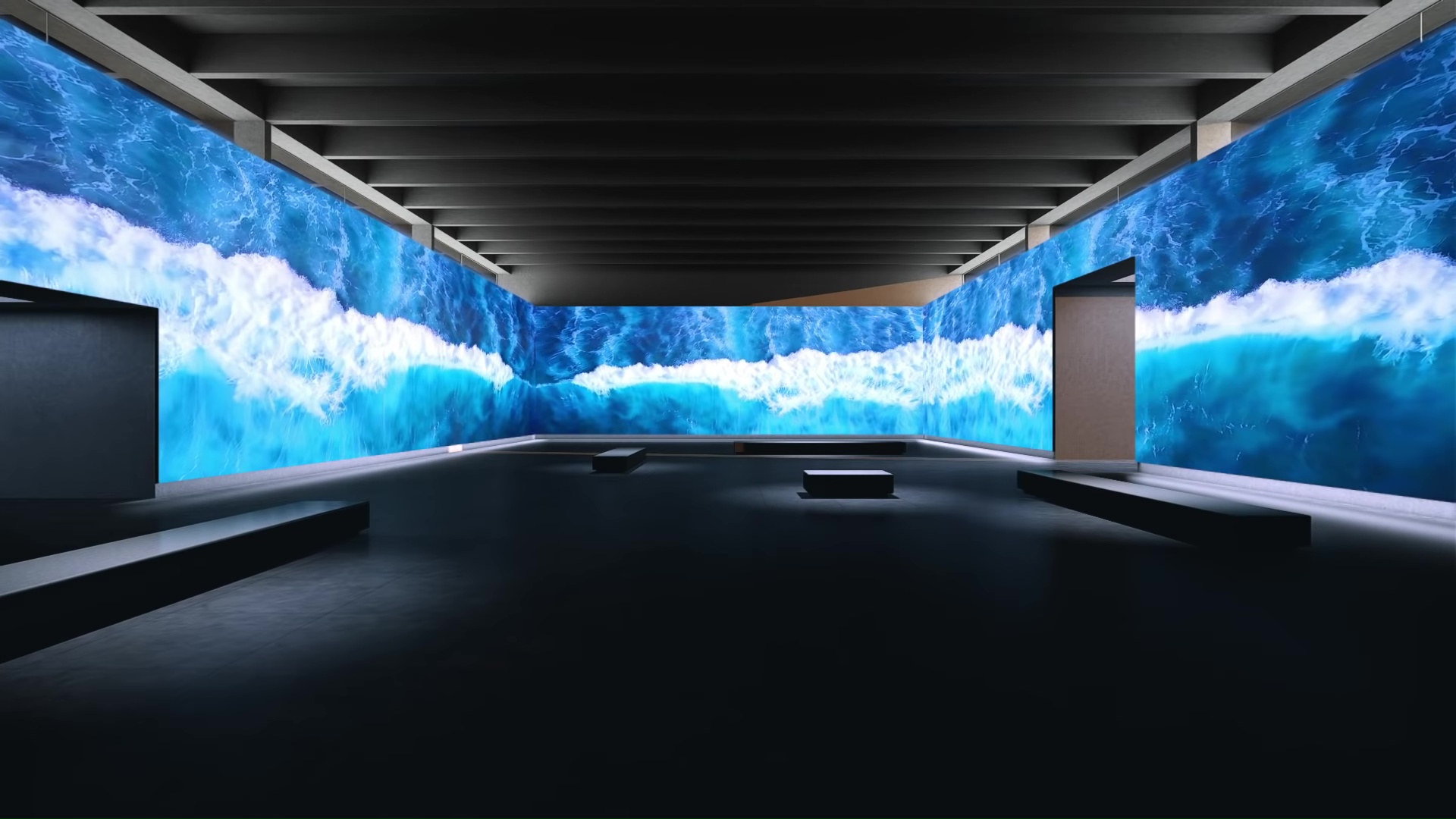Light Emitting Diode screens are growing more and more common in different settings, from musical events and athletic competitions to corporate presentations and creative exhibits. One of the most important elements that affect the performance and visual clarity of these screens is image clarity. Resolution denotes the quantity of pixels that compose the image on the display. Higher resolution indicates more picture elements, which can result in clearer and clear visuals. Grasping how image clarity impacts LED screens can assist users make knowledgeable choices about their screen requirements.
When talking about resolution, it is essential to consider pixel spacing, which is the gap between the center of one pixel to the midpoint of the next picture element. A reduced picture spacing results in a higher image clarity, allowing for additional detail in the images displayed. For example, an LED screen with a pixel spacing of 1.5mm will provide a sharper image than one with a pixel spacing of 3mm. This is especially crucial in environments where viewers are close to the display, such as in a small venue or a exhibition show booth. In these situations, a greater image clarity can greatly improve the viewing quality.
Another factor of image clarity is its effect on color accuracy and brightness. LED screens with higher resolutions often have better color rendering, meaning that the colors displayed are increasingly lively and true to life. This is crucial for uses like marketing, where the objective is to attract attention and convey a message effectively. Additionally, greater resolution screens can maintain luminosity levels even when viewed from different perspectives. This is crucial in large locations where audiences may be seated at various ranges and positions from the display.

The performance of LED walls is also influenced by resolution in terms of update rates and response times. A higher resolution display can handle faster update frequencies, which is essential for dynamic content such as films and animations. This means that the images on the screen will appear smoother and more fluid, improving the total observing quality. In comparison, lower resolution displays may struggle with dynamic content, resulting in blurriness or delay. Therefore, for events that depend on dynamic images, selecting a display with a suitable resolution is vital.
In conclusion, resolution plays a vital role in determining the functionality and visual clarity of LED led wall rental for tech events screens. Factors such as pixel pitch, hue precision, luminosity, update frequencies, and response times all contribute to how effectively a display can communicate data and engage viewers. As advancements continues to advance, grasping these factors will help users select the right LED screen for their particular requirements, ensuring that they achieve the optimal potential outcomes in their displays and occasions.
Comments on “Investigating How Definition Influences the Functionality and Visual Caliber of LED Screens in Modern Display Techniques”